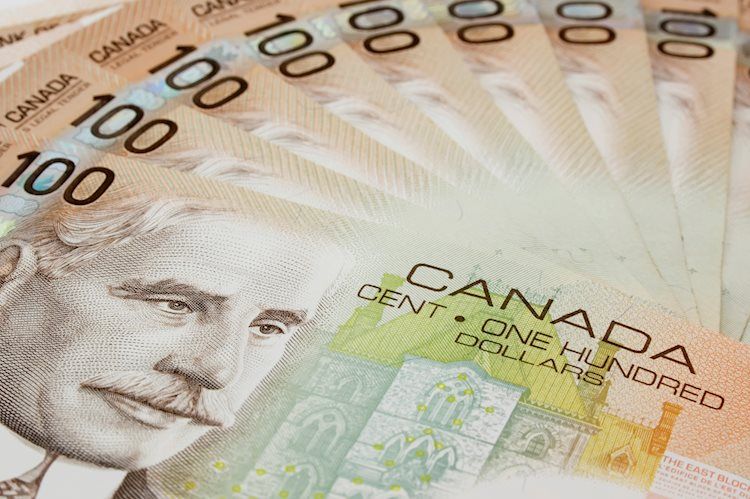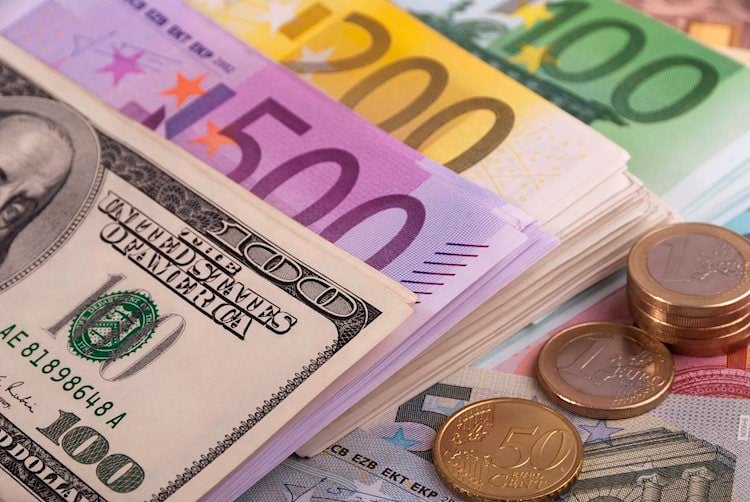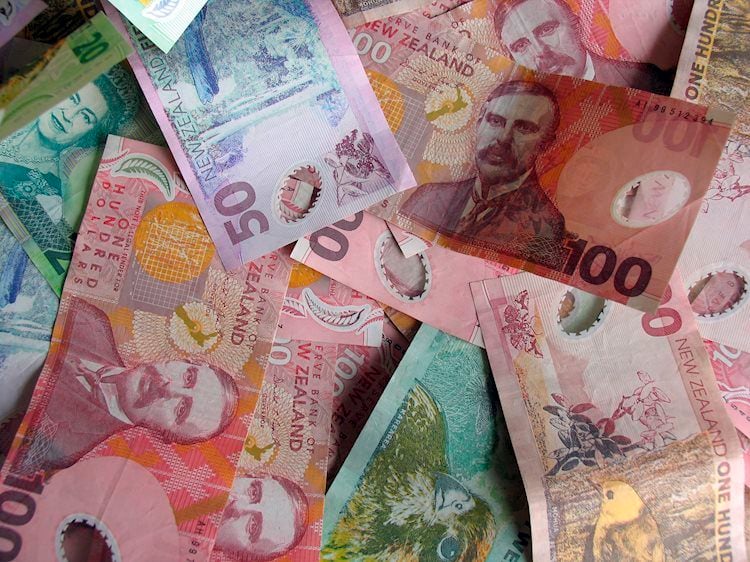TD Securities economists prefer to concentrate on currencies where the policy stance is clear. The Reserve Bank of Canada (BoC), the Reserve Bank of New Zealand (RBNZ), and Norges remain “hawkish,” while the Reserve Bank of Australia (RBA) has begun to moderate its stance. The CAD and NZD are among the cheapest currencies in the G10, and there is reason to believe that they will continue to rise in the coming weeks.” The BOC, RBNZ, and Norges stand out among their peers the most, albeit the G10 as a whole appears to be suffering from FOMO. Despite increasingly tight lockdown measures imposed in the wake of a COVID-19 outbreak and sluggish vaccinations, the RBA has recently moderated its dovish tone.”
“While the RBA does not appear to be in a hurry to normalize the cash rate and has kept the April 2024 YCC target bond, the statement no longer says ‘at the earliest in 2024.’ Furthermore, the Governor appears to have minimized the impact of delayed vaccinations on the medium-term forecast, and the Reserve Bank of Australia has decreased its asset purchases. Overall, we don’t believe this is compelling enough to prompt a significant rally in AUD longs. Nonetheless, we believe it should, at the very least, reinforce the 2021 lows and the 200-day moving average near 0.76 as important technical support and milestones for the AUD/USD. In the case of the AUD/USD, the MACD does indicate a change in price action and sentiment.”
“The Q2 NZIER Business Survey predicts a robust comeback in the next six months, with employment intentions and investment both increasing significantly. This has sparked expectations that the RBNZ may raise interest rates this year. While we’ve penciled in the autumn of 2022, the antipodes’ macro and policy divergences suggest that AUDNZD rallies should be faded, and EURNZD still has room to retest 1.65.”
“The BoC’s sentiment at next week’s policy decision is anticipated to be bolstered by a solid Business Outlook Survey. Furthermore, last week’s April industry-level GDP report was significantly less negative than predicted, implying that the Bank’s prediction will be kept unchanged, since Q2 GDP is tracking in the low 3% range, compared to the BoC’s 3.5 percent forecast “the MPR for April.”
“With roughly 3%, the NZD and the CAD are among the cheapest in the G10. While we believe there is some value in pursuing this versus the USD, we are more at ease against the traditional ‘funders’ and even the AUD. For the time being, 1.25 appears to be the local top in USD/CAD, and we believe that fading rallies into next week’s BoC meeting is prudent.”/n





